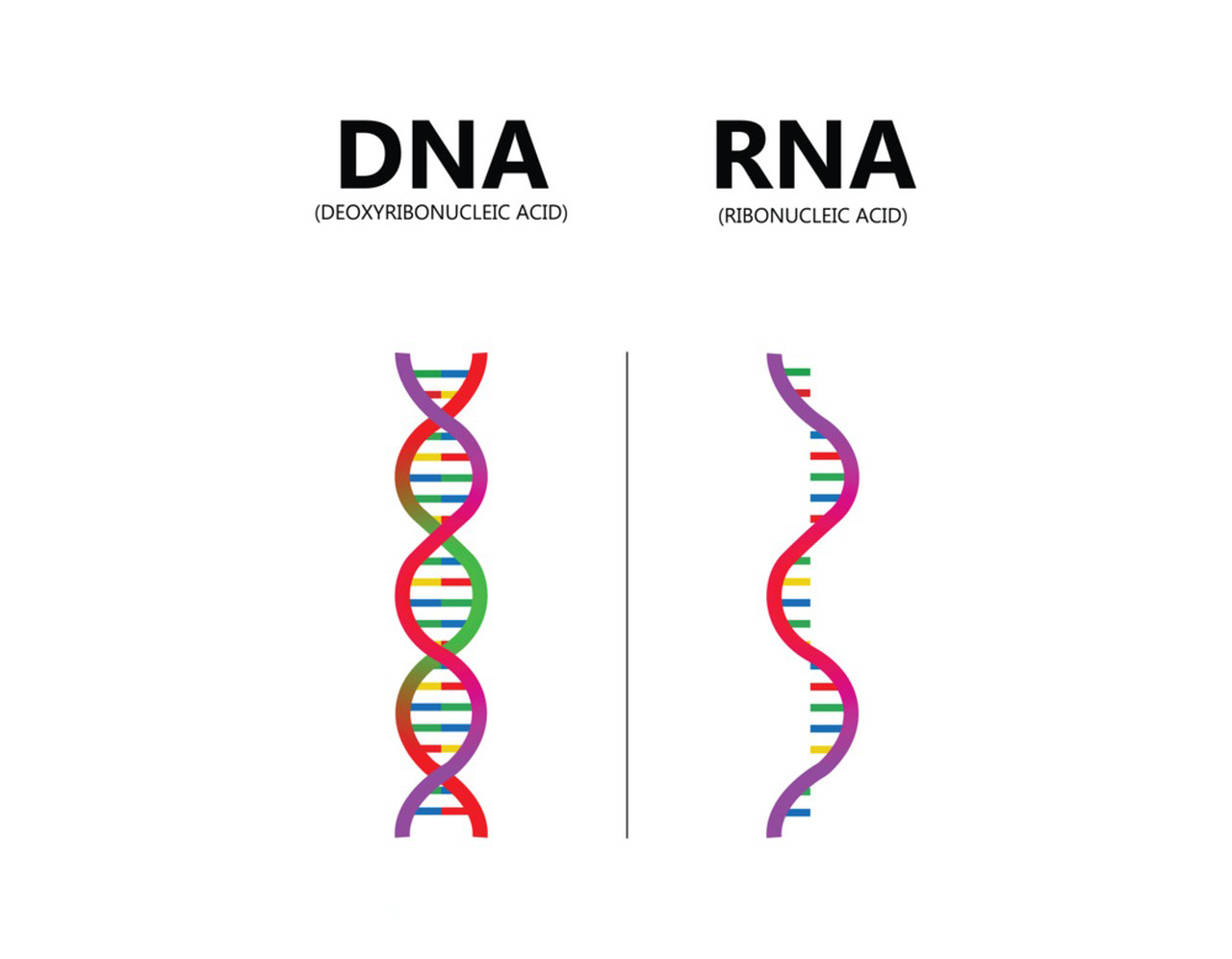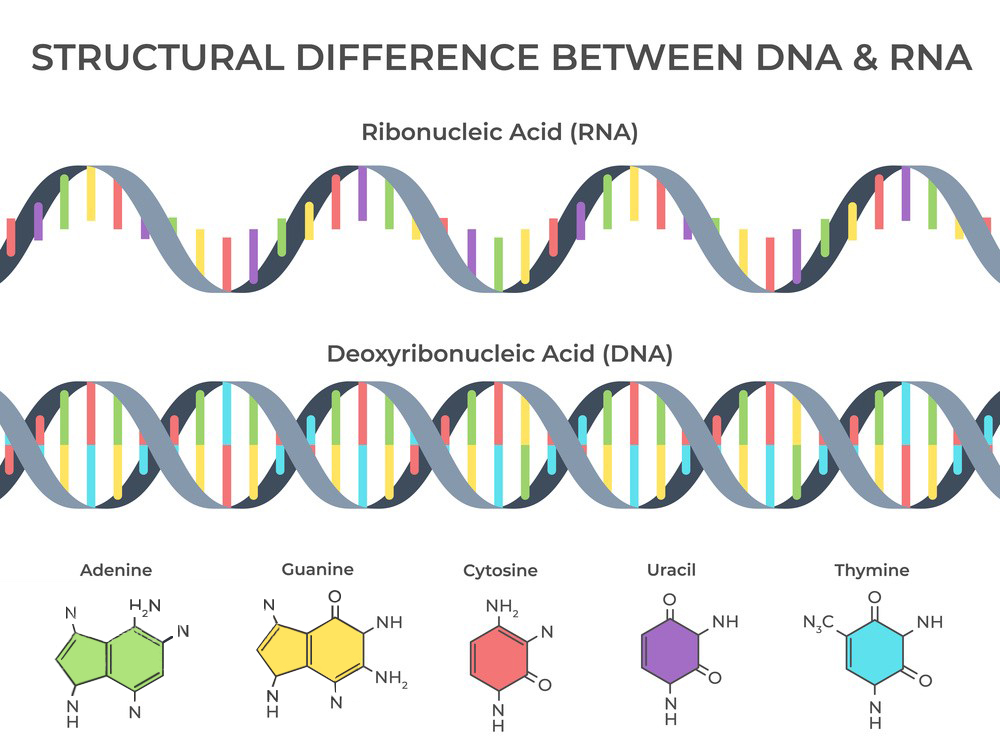Materials and methods for working with Ribonucleic Acid (RNA) in a laboratory setting are essential for various molecular biology and genetic research applications. Below, I outline some common materials and methods used when working with RNA:
Materials of Ribonucleic Acid:
1.Ribonucleic Acid Sample: This is your source of Ribonucleic acid, which can be obtained from cells, tissues, or other biological samples.
2.Reagents:
Ribonucleic Acid Extraction Kits: These kits contain reagents such as buffers and enzymes for Ribonucleic acid extraction from biological samples.
RNase-free Water: Water that is free of ribonucleases (RNases) and is used for preparing Ribonucleic acid solutions and reagents.
RNase Inhibitors: These prevent Ribonucleic acid degradation by RNases during Ribonucleic acid handling and storage.
Tris-EDTA (TE) Buffer: Used for Ribonucleic acid storage and resuspension.
Denaturing Agents (e.g., formaldehyde): Used in denaturing Ribonucleic acid for gel electrophoresis.
RNase-free Tubes and Pipette Tips: To avoid RNase contamination.
Ethanol and Isopropanol: Used for Ribonucleic acid precipitation.
Phenol-Chloroform and Chloroform: Used for Ribonucleic acid purification.
Guanidine Isothiocyanate: A reagent used in some Ribonucleic acid extraction methods.

3.Equipment:
Microcentrifuge: Used for centrifugation steps during Ribonucleic acid extraction and purification.
Thermal Cycler: For reverse transcription, PCR, and other temperature-dependent RNA-related processes.
Gel Electrophoresis Apparatus: Used to separate Ribonucleic acid molecules based on size.
Real-Time PCR Machine: For quantitative Ribonucleic acid analysis.
NanoDrop Spectrophotometer or a Bioanalyzer: Used to quantify Ribonucleic acid and assess its quality.
Methods of Ribonucleic Acid:
1.Ribonucleic Acid Extraction:
Phenol-Chloroform Method: This method involves organic extraction and is used for isolating Ribonucleic acid from cells or tissues.
Silica Membrane-Based Kits: Utilizes spin columns with silica membranes for Ribonucleic acid binding and elution.
Trizol Reagent Method: It combines phenol-chloroform extraction with guanidine isothiocyanate lysis.
2.Ribonucleic Acid Quantification:
Spectrophotometry: Measure Ribonucleic acid concentration by absorbance at 260 nm.
Fluorometry: Using RNA-specific dyes for quantification.
Real-Time PCR: For quantitative measurement of specific Ribonucleic acid targets.
3.Ribonucleic Acid Quality Assessment:
Agarose Gel Electrophoresis: Separates Ribonucleic acid molecules by size.
Bioanalyzer: Provides detailed information about Ribonucleic acid integrity and concentration.

4.Reverse Transcription (cDNA Synthesis): The conversion of Ribonucleic acid to complementary DNA (cDNA) using reverse transcriptase enzyme.
5.Polymerase Chain Reaction (PCR): Used for amplifying RNA targets (cDNA) for further analysis.
6.Ribonucleic Acid Sequencing: High-throughput methods to determine the sequence of Ribonucleic acid molecules.
7.Ribonucleic Acid Storage: Ribonucleic acid is typically stored at -80°C in RNase-free tubes, often with RNase inhibitors, to prevent degradation.
It’s crucial to follow best practices for working with Ribonucleic acid, as it is susceptible to degradation by RNases and can be easily contaminated during handling. Proper precautions, such as using RNase-free materials and equipment, are essential to obtain reliable results in RNA-related experiments.
